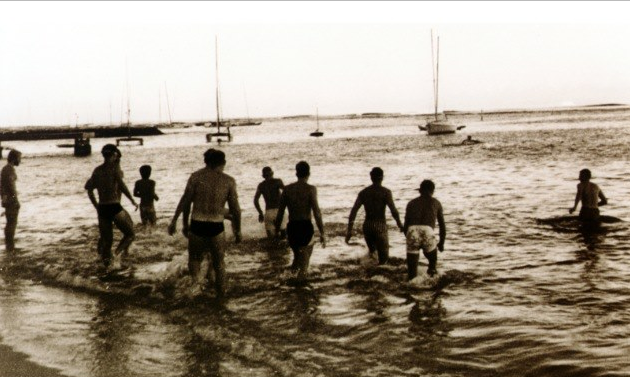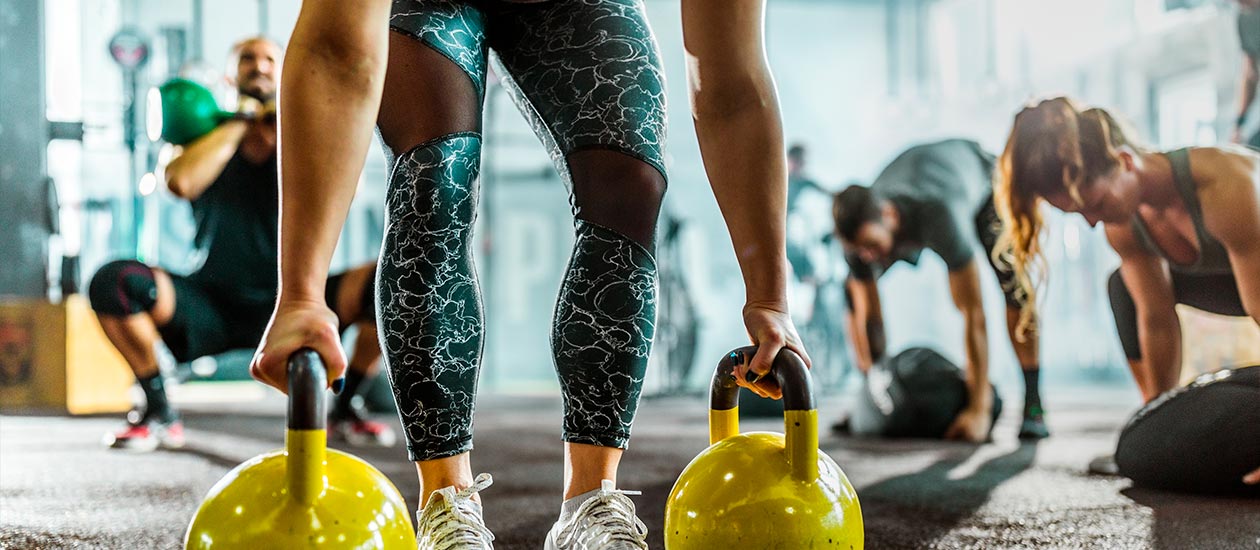Cardiovascular training, commonly referred to as cardio, is fundamental to the physical development of any athlete, and in the world of cycling, it becomes a crucial tool for improving performance and achieving a higher level of endurance. From the ability to cover long distances to the ease of recovery after an intense day, cardio influences various aspects of performance. Not only does cardio training strengthen the heart and lungs, but it also increases the body’s efficiency in using oxygen, which is vital in endurance sports such as cycling.
For amateur cyclists, understanding how cardio training impacts their performance can make a huge difference to their progression, helping them to achieve new goals and enjoy cycling more fully. In this article we will explore the specific benefits of cardiovascular training, as well as how best to incorporate it into your day-to-day cycling.
What is cardiovascular training
Cardiovascular training is defined as any activity that increases heart rate and breathing for an extended period of time. This type of training focuses on strengthening the cardiovascular system (heart and lungs) and improving its ability to deliver oxygen to the muscles. Examples of cardio activities include running, swimming, rowing and, of course, cycling.
The main goal of cardio is to work in the aerobic range, i.e. at a moderate intensity where the body primarily uses oxygen to convert carbohydrates and fats into energy. In cycling, cardio training can be achieved through long distance rides at a sustained pace or interval sessions, each of which has a particular impact on the cyclist’s endurance and physical capacity.
What are the benefits?
One of the most notable benefits of cardiovascular training is the increase in physical endurance, which translates into the ability to sustain effort for a longer period without fatigue. For recreational cyclists, this type of training is essential, as it allows you to ride more kilometres with less fatigue, improve your time on each ride and tackle climbs and varied terrain with greater ease.
Another positive aspect is the improvement in blood circulation. Cardio helps to strengthen the heart, allowing it to pump more blood and oxygen to the muscles, thus optimising their performance. A stronger heart means a lower resting heart rate and faster recovery after intense exertion, which is especially useful for cyclists who want to improve their endurance on climbs or long rides.
Cardio also helps reduce the risk of injury. By increasing lung capacity and heart efficiency, the body tolerates constant physical exertion better, allowing cyclists to have less muscle soreness and improve their ability to recover between workouts.

Impact on endurance and aerobic capacity
Endurance is an essential skill for cyclists, especially those who enjoy long routes and steep mountains. Aerobic endurance, specifically, is significantly enhanced by cardiovascular training. This type of endurance relies on the use of oxygen as an energy source, and aerobic training helps the body improve its ability to use it efficiently. This means that a trained cyclist maintains a steady, moderate pace for hours without reaching the fatigue levels of a non-cardio trained cyclist.
Cardiovascular training also impacts anaerobic endurance, although to a lesser extent. High-intensity, short-duration activities, such as sprints, rely heavily on the anaerobic system, which uses glycogen stores rather than oxygen. However, by improving the aerobic base through cardio, cyclists can sustain more intense efforts before reaching the point where they need to slow down.
Influence on muscle recovery
Cardiovascular training also plays a key role in muscle recovery, a crucial factor for long-term performance. Rapid recovery allows cyclists to train more frequently and effectively, avoiding the risk of overtraining and chronic fatigue. Low-intensity cardio after a hard training session, known as active recovery cardio, can help eliminate lactic acid build-up in the muscles and promote the circulation of fresh oxygen, speeding up the recovery process.
In addition, an efficient cardiovascular system allows muscles to repair faster, thanks to better oxygenation and increased toxin removal. Cyclists who incorporate cardio into their regular training may find that their legs feel less heavy after intense workouts and that recovery time is significantly less, allowing them to get back on the bike with less discomfort.
Relationship between cardiovascular training and weight control
For many cyclists, weight control is an important aspect of their performance, as weight affects the ability to climb hills and maintain speed on the flat. Cardiovascular training is an effective tool for burning calories and contributing to weight maintenance, thus improving cycling efficiency.
Cardio increases caloric expenditure and helps the body use fat as an energy source, especially in low to medium intensity workouts. This feature of cardio training makes it an ideal choice for those looking to reduce body fat percentage and improve their power-to-weight ratio, which translates into greater efficiency on the bike.
Cardiovascular training not only helps with weight control, but also increases basal metabolism, which allows the body to burn calories even at rest. For cyclists, this means that by maintaining a cardio routine, it is possible to optimise performance and endurance without making drastic dietary changes.
Effects on mental health and focus
The impact of cardiovascular training is not limited to the physical aspect; it also has significant effects on mental health and focus. During cardiovascular exercise, the body releases endorphins, known as the happy hormones, which help to reduce stress and improve mood. For cyclists, this means that training is a time to release tension and gain mental clarity.
Concentration and focus also benefit from cardio. Long-distance cycling requires a strong and focused mindset to maintain pace and avoid distractions. Cardio training helps to improve these skills, allowing the cyclist to maintain concentration over long rides and improve their ability to plan and execute strategies on the road.

Considerations for optimising cardiovascular training
To get the most out of cardiovascular training in cycling, it is important to consider a few key aspects. Firstly, variety is essential. Alternating between long duration sessions and high intensity workouts, such as intervals, helps to work on both aerobic and anaerobic endurance, providing a complete workout that covers all the needs of an amateur cyclist.
It is also advisable to use a heart rate monitor to measure intensity and ensure you are working in the right zone. Training in the aerobic zone, approximately 60-80% of maximum heart rate, allows the body to stay in an efficient fat burning range and improve endurance. On the other hand, training in higher heart rate ranges, between 80-90%, allows for improved performance in intense efforts and increased anaerobic capacity.
Finally, recovery should be an integral part of the training plan. Incorporating active rest days and low intensity sessions allows the body to recover and adapt to the demands of cardiovascular training.
Train cardio in a fun way
Cardio training is one of the most powerful tools for improving cycling performance. From endurance to muscle recovery to weight management, the benefits of cardio span multiple areas that can help recreational cyclists reach new goals and get more enjoyment out of every ride.
Incorporating cardio on a regular basis and tailoring it to each cyclist’s personal needs can help optimise performance, protect health and fully enjoy the sport. One of the ways you can train cardio, and now that the bad weather is coming, is by using a cycling simulator and BKOOL is one of the best ways to practice cardio.
BKOOL is the most complete cycling simulator on the market, try it FREE for 7 days!
 Go to BKOOL
Go to BKOOL






Très bon article.
Nous vous en remercions. Nous sommes heureux de constater que vous appréciez notre contenu. Nous vous prions d’agréer, l’expression de nos salutations distinguées.